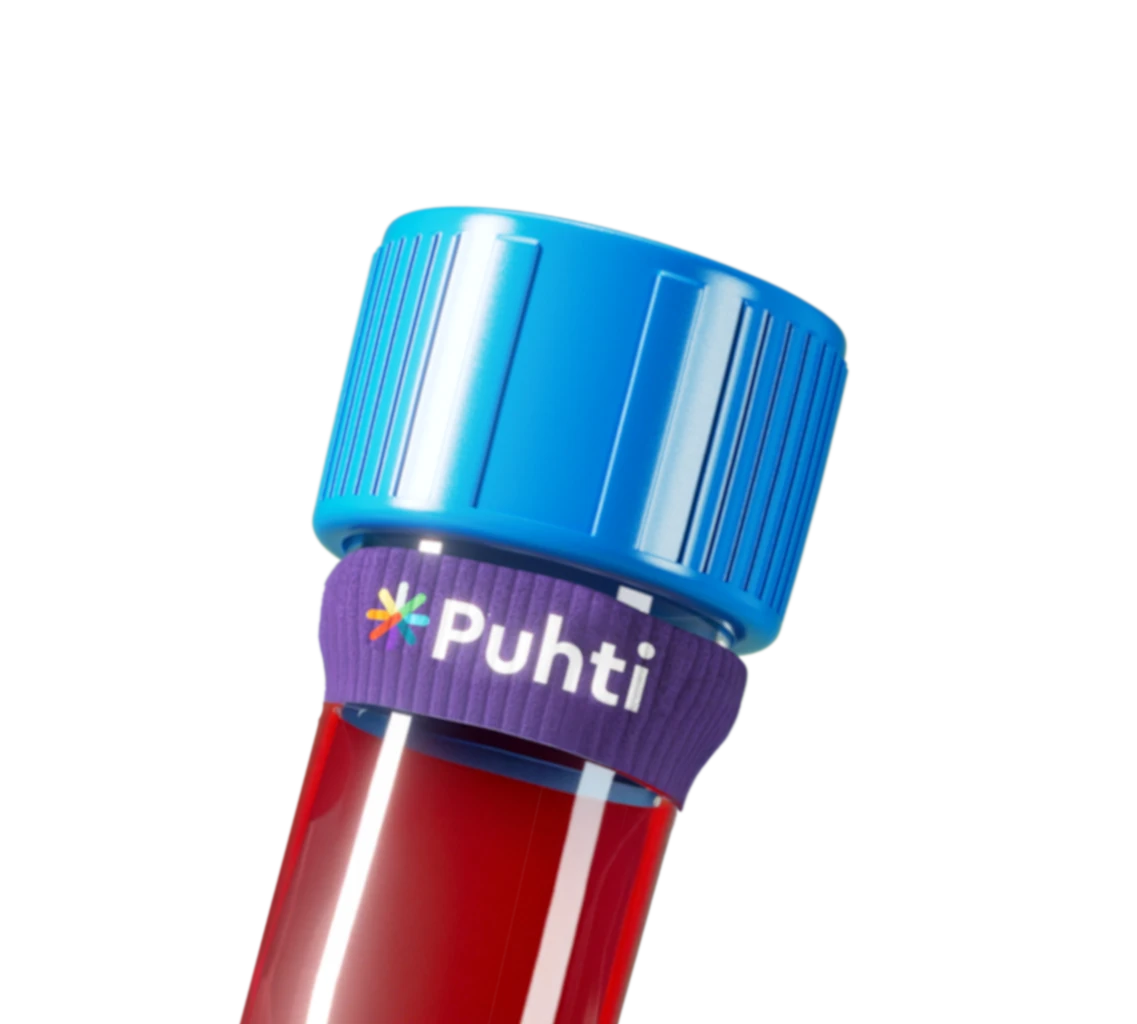
Eosinophils are white blood cells (B-Eos, L-Eos%)
Eosinophils play a particularly important role in reactions related to allergies, allergic dermatitis, and asthma.

Eosinophils are white blood cells (B-Eos, L-Eos%)
Eosinophils play a particularly important role in reactions related to allergies, allergic dermatitis, and asthma.
Eosinophils
- Eosinophils are a type of white blood cells.
- Almost every part of the body utilizes them in some way.
- B-Eos test measures the amount of eosinophils in the blood.
What are eosinophils (B-Eos)?
Eosinophils are important to us. In the immune system, eosinophils have two functions: they destroy invading bacteria, viruses, and parasites, and take part in the inflammatory response.
White blood cells play a crucial role in our health. White blood cells fight viruses, bacteria, parasites, and other intruders that threaten the health of the body. Eosinophils make up an average of 2–4% of white blood cells.
Eosinophils play a particularly important role in reactions related to allergies, allergic dermatitis, and asthma.
Reference values for eosinophils
Reference levels may vary depending on the laboratory and the test analysis method. Puhti samples are taken and analysed at the laboratories of Mehiläinen.
B-Eos
B-Eos test measures the amount of eosinophils in the blood.
B-Eos and L-Eos% values are calculated in connection with the leukocyte differential (B-Diffi) test in a complete blood count. B-Diffi should be done when the number of leukocytes in the blood is elevated.
Reference value for eosinophils (B-Eos) in both men and women is 0.04–0.4 E9/l.
Level of eosinophils in the blood is usually at its lowest in the morning and highest in the evening.
L-Eos%
L-Eos% test shows the percentage of eosinophils in all white blood cells.
Reference value for eosinophils (L-Eos %) in both men and women is 1–6%.
Low eosinophil level
Mildly decreased eosinophil count is usually no cause for concern when other white blood cell counts are normal. If all white blood cells are lower than normal, a doctor should be consulted.
Possible causes of low levels of eosinophils in the blood include:
- alcohol poisoning
- Cushing’s syndrome
- use of steroids
- burns
- acute infections
High eosinophil level (eosinophilia)
Eosinophilia is a condition in which the number of eosinophils is higher than normal. Possible causes of eosinophilia include:
- parasitic infection
- autoimmune disease
- severe allergic reaction
- seasonal allergy
- eczema
- asthma
- leukaemia and some other cancers
- ulcerative colitis
- scarlet fever
- lupus
- Crohn’s disease
- severe drug reaction
- transplant rejection





